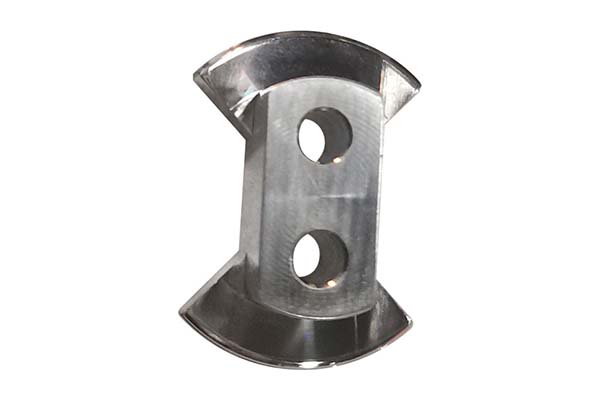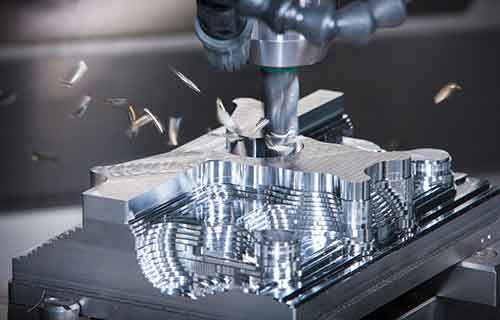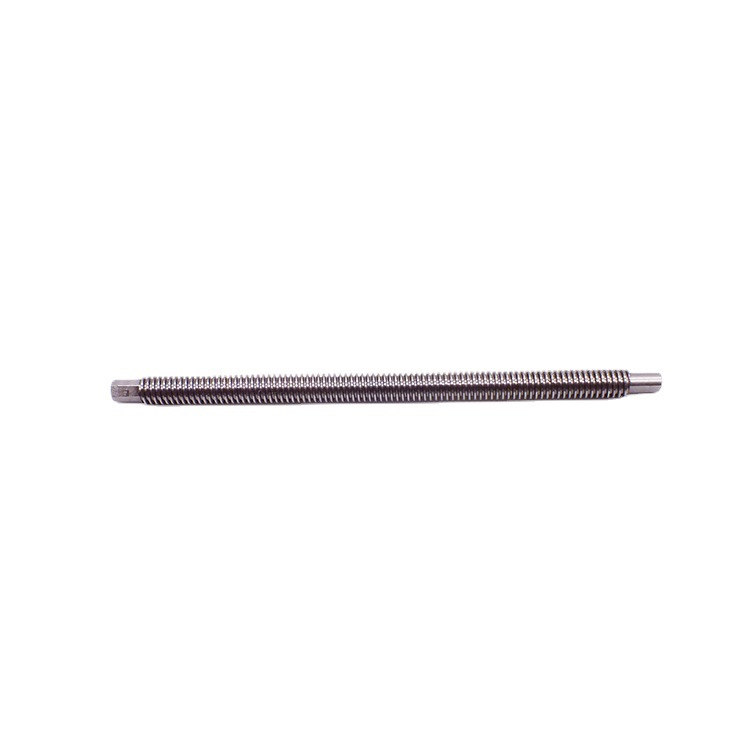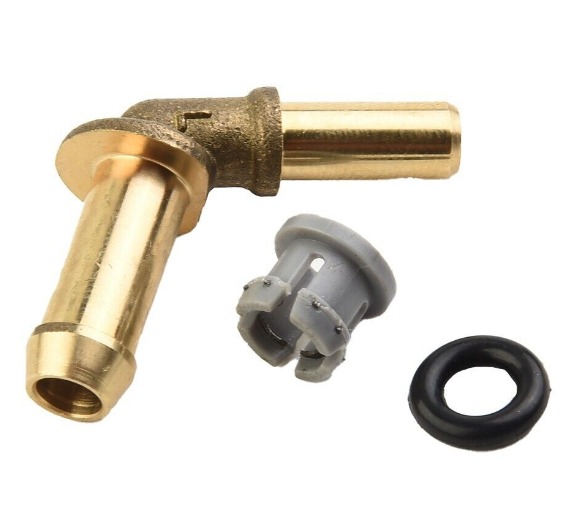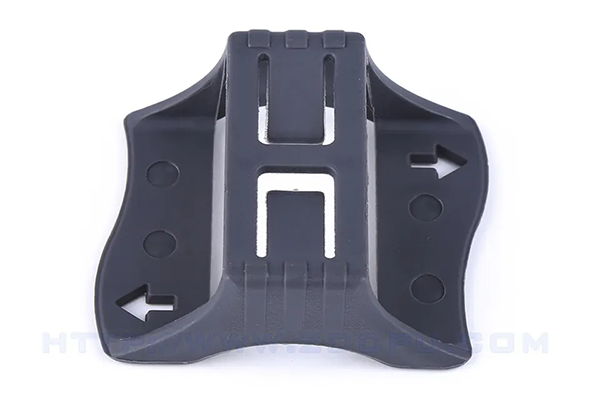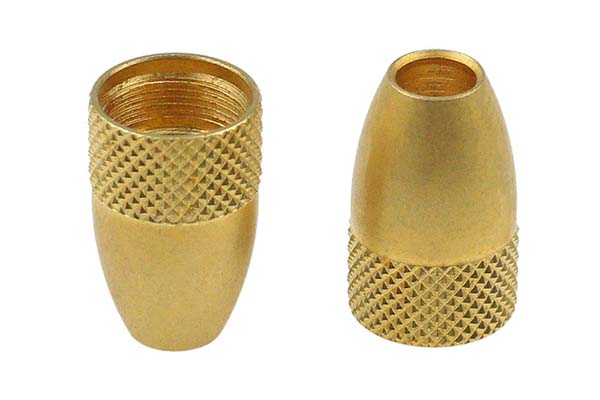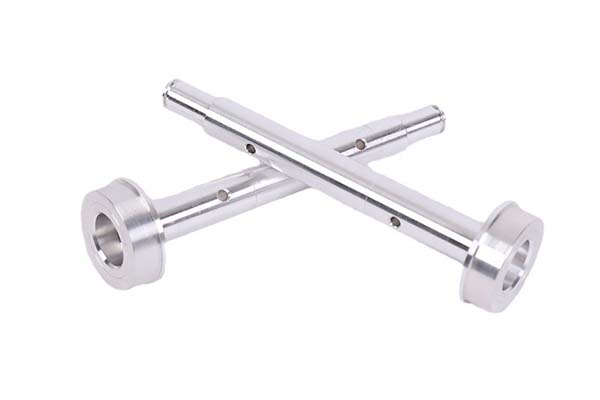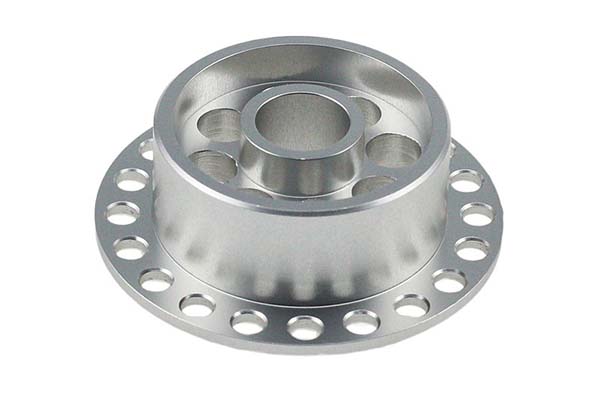Ti-3Al-2.5V, commonly known as Grade 9 titanium, is a versatile titanium alloy prized for its exceptional weight-to-strength ratio and impressive formability. Its unique blend of aluminum and vanadium gives it a balance of strength and ductility that makes it a favorite in industries ranging from aerospace to medical. However, machining this alloy requires a nuanced understanding of its properties—from its moderate strength to its thermal behavior. This guide explores the ins and outs of CNC machining Grade 9 titanium, offering practical solutions to common challenges and insights to ensure precise, high-quality results.
Material Characteristics of Ti-3Al-2.5V
Key Alloy Properties and Behavior
Ti-3Al-2.5V is an alpha-beta titanium alloy with a chemical composition of 94.5% titanium, 3% aluminum, and 2.5% vanadium. This formulation gives it distinct alloy properties that set it apart from other titanium grades. Its mechanical strength is impressive, with a tensile strength of 620–795 MPa and a yield strength of 550 MPa, making it stronger than commercially pure titanium (Grade 2) while remaining more ductile than Grade 5 (Ti-6Al-4V).
One of the standout features of Grade 9 is its excellent thermal stability. It maintains its mechanical properties at temperatures up to 315°C, which is crucial for applications like aerospace components exposed to engine heat. Its weight-to-strength ratio is superior to many steels—at 4.5 g/cm³, it’s 40% lighter than steel while offering comparable strength. This makes it ideal for weight-sensitive parts without sacrificing performance.
How Properties Influence Machinability
Grade 9’s properties present a mixed bag for machining. Its moderate hardness (28–32 HRC) is lower than Grade 5 (36 HRC), which eases precision cutting and reduces tool wear. However, its ductility—higher than Grade 5—can lead to chip adhesion and work hardening if cutting parameters are not optimized. A comparative study found that Ti-3Al-2.5V requires 15% less cutting force than Grade 5 but generates 10% more heat due to its slightly lower thermal conductivity (17 W/m·K vs. 16 W/m·K for Grade 5). This heat buildup, if not managed, can still shorten tool life and mar surface finishes.
CNC Machining Techniques for Ti-3Al-2.5V
Essential Tools and Parameters
CNC machining of Grade 9 titanium demands the right machining tools and precise settings. Carbide tools with TiAlN or TiCN coatings are preferred, as they offer good wear resistance and reduce friction. In testing, TiAlN-coated carbide end mills lasted 25% longer than uncoated tools when machining Ti-3Al-2.5V, thanks to their ability to withstand temperatures up to 800°C.
Optimal feed rates and spindle speeds vary by operation:
- Milling: Use spindle speeds of 80–120 m/min with feed rates of 0.1–0.18 mm/tooth. This balance reduces heat buildup while ensuring efficient material removal. A case study on milling aerospace brackets found that these parameters reduced tool wear by 30% compared to higher speeds.
- Turning: Spindle speeds of 70–100 m/min and feed rates of 0.12–0.2 mm/rev work best. Positive rake inserts minimize cutting forces, reducing the risk of workpiece distortion.
- Drilling: Carbide drills with through-coolant holes are essential. Use spindle speeds of 40–60 m/min and feed rates of 0.1–0.15 mm/rev to prevent chip welding and ensure clean holes.
Achieving Machining Accuracy
Machining accuracy is critical for Grade 9 applications, especially aerospace components with tight tolerances. To achieve this:
- Use rigid machine setups to minimize vibration, which can compromise precision.
- Implement high-pressure coolant (50–70 bar) to flush chips and cool the cutting zone, reducing thermal distortion.
- Employ adaptive control systems that adjust feed rates in real-time based on cutting forces, ensuring consistent accuracy even as tools wear.
A production test on medical device components showed that these techniques achieved machining accuracy within ±0.003 mm, meeting the strict requirements of the industry.
Grade 9 Specifications
Material Grade Standards and Requirements
Grade 9 titanium is governed by strict ASTM specifications to ensure consistency. ASTM B348 (for bars and forgings) and ASTM B863 (for seamless tubing) outline key requirements, including chemical composition limits and mechanical property ranges. These standards ensure that Grade 9 titanium has aluminum content between 2.5–3.5% and vanadium between 2.0–3.0%, with strict limits on impurities like oxygen (≤0.18%) and iron (≤0.30%).
Alloy standards for Grade 9 also cover dimensional tolerances. For example, ASTM B348 specifies that bar stock must have a diameter tolerance of ±0.13 mm for precision applications. These technical requirements are critical for ensuring that machined parts fit and perform as intended, especially in assemblies like aerospace hydraulic systems.
Comparing to Other Titanium Grades
Grade 9 stands out among titanium grades for its balance of strength and formability. Compared to Grade 2 (commercially pure titanium), it offers 50% higher tensile strength while retaining good ductility. Compared to Grade 5, it is more ductile and easier to machine but has lower ultimate strength. This makes it a go-to choice for parts that require both strength and complex shaping, such as medical implants and aerospace tubing.
Applications and Industries for Ti-3Al-2.5V
Key Uses in Critical Sectors
Aerospace components are the largest application for Grade 9 titanium. Its weight-to-strength ratio and thermal stability make it ideal for hydraulic tubing, fuel lines, and structural brackets. A major aircraft manufacturer reported that switching to Ti-3Al-2.5V for hydraulic lines reduced aircraft weight by 8 kg per plane, leading to annual fuel savings of 120,000 liters per fleet.
In the medical devices industry, Grade 9 is used for surgical instruments and orthopedic implants. Its biocompatibility, combined with its strength, allows for durable, long-lasting devices. For example, bone screws made from Ti-3Al-2.5V have a 95% success rate in long-term patient outcomes, according to a study of 2,000 implants.
Industrial machinery benefits from Grade 9’s corrosion resistance, with uses in chemical processing valves and pumps. Automotive parts like racing suspension components leverage its strength-to-weight ratio to improve performance, while chemical processing equipment relies on its resistance to corrosive fluids.
High-Performance Applications
High-performance applications for Grade 9 include military aircraft components and deep-sea exploration equipment. In these roles, its ability to withstand extreme conditions—from high pressure to temperature fluctuations—makes it irreplaceable. For example, submersible hull components made from Ti-3Al-2.5V have successfully withstood depths of 3,000 meters, where pressure exceeds 300 atmospheres.
Quality and Standards for Ti-3Al-2.5V
Ensuring Compliance and Purity
Quality assurance for Grade 9 titanium starts with material testing. Key tests include:
- Chemical analysis (via X-ray fluorescence) to verify chemical composition and purity levels.
- Tensile testing to confirm mechanical strength meets ASTM standards.
- Ultrasonic testing to detect internal defects like cracks or inclusions.
Certification is essential for critical applications. Grade 9 parts must comply with standards like ASTM B348 and, for aerospace, AS9100. These certifications ensure that the material meets strict standard specifications for strength, purity, and performance. For example, aerospace-grade Grade 9 must have a tensile strength of at least 620 MPa and pass rigorous fatigue testing (10⁷ cycles at 310 MPa).
Quality Control in Machining
Maintaining quality during machining involves:
- In-process inspections using coordinate measuring machines (CMMs) to verify machining accuracy and adherence to tolerances.
- Surface finish testing (Ra values) to ensure compliance with application requirements—typically Ra < 1.6 μm for aerospace parts.
- Traceability documentation, including material lot numbers, machining parameters, and inspection records, to ensure accountability.
A survey of manufacturers found that strict quality assurance protocols reduced Grade 9 part rejection rates by 25%, saving both time and resources.
Yigu Technology's Perspective
At Yigu Technology, we specialize in CNC machining Ti-3Al-2.5V for diverse industries. Our approach starts with rigorous material verification—every batch of Grade 9 titanium is tested to ensure it meets ASTM specifications for chemical composition and mechanical strength. We use high-performance machining tools with TiAlN coatings and optimize feed rates and spindle speeds to balance efficiency and precision. Our quality assurance process includes CMM inspections for machining accuracy and ultrasonic testing for internal defects. By combining technical expertise with strict adherence to standards, we deliver Grade 9 components that meet the most demanding application requirements, from aerospace to medical.
FAQs
Q1: How does Ti-3Al-2.5V (Grade 9) compare to Ti-6Al-4V (Grade 5) in terms of machinability?
A1: Ti-3Al-2.5V is easier to machine than Ti-6Al-4V due to its lower hardness (28–32 HRC vs. 36 HRC) and lower cutting forces (15% less). However, its higher ductility can lead to chip adhesion, requiring careful parameter control.
Q2: What is the typical surface finish achievable with CNC machining Grade 9 titanium?
A2: With optimized tools and parameters, surface finish as low as Ra 0.8 μm is achievable. Aerospace parts often require Ra < 1.6 μm, while medical devices may need Ra < 0.4 μm for biocompatibility, which can be achieved with post-machining treatments.
Q3: Which industries benefit most from using Grade 9 titanium?
A3: Aerospace components (hydraulic lines, brackets), medical devices (implants, instruments), and chemical processing (valves, pumps) benefit most. Its weight-to-strength ratio and corrosion resistance make it ideal for these sectors.
